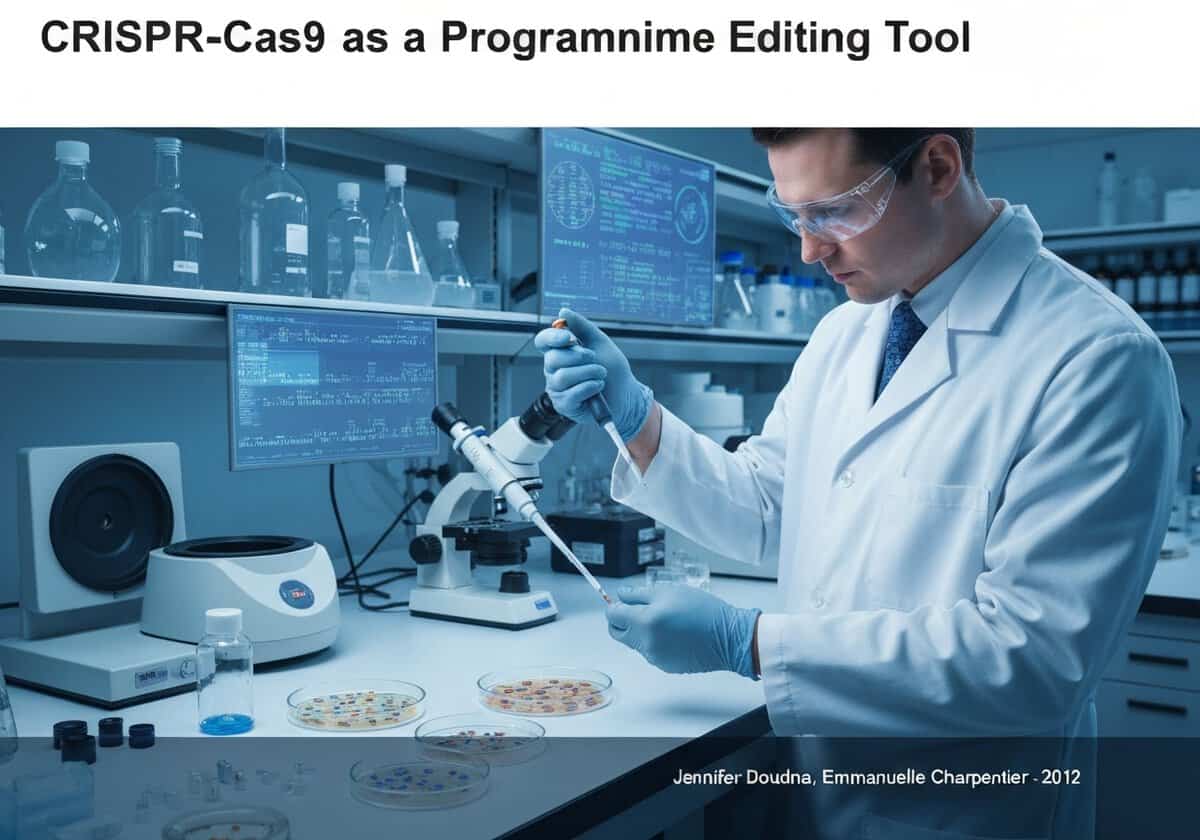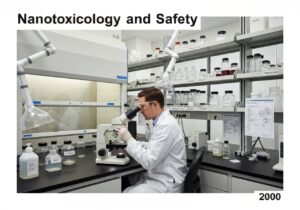The natural CRISPR-Cas9 system was repurposed into a revolutionary gene-editing technology. By fusing the two essential RNA components (crRNA and tracrRNA) into a synthetic single-guide RNA (sgRNA), scientists created a simple two-component system. This sgRNA directs the Cas9 nuclease to any desired DNA location to create a precise double-strand break, which can then be repaired by the cell to introduce targeted mutations or insert new genetic material.


















